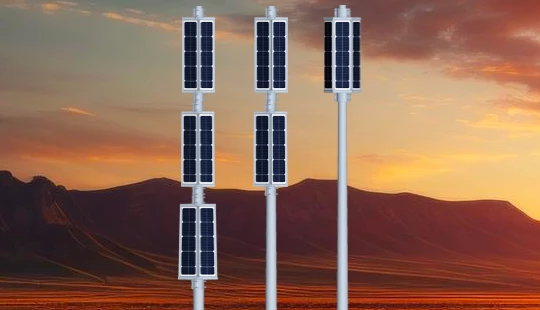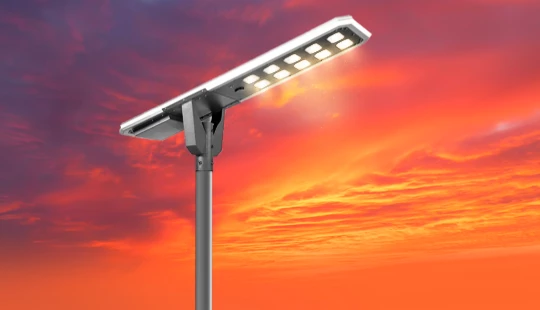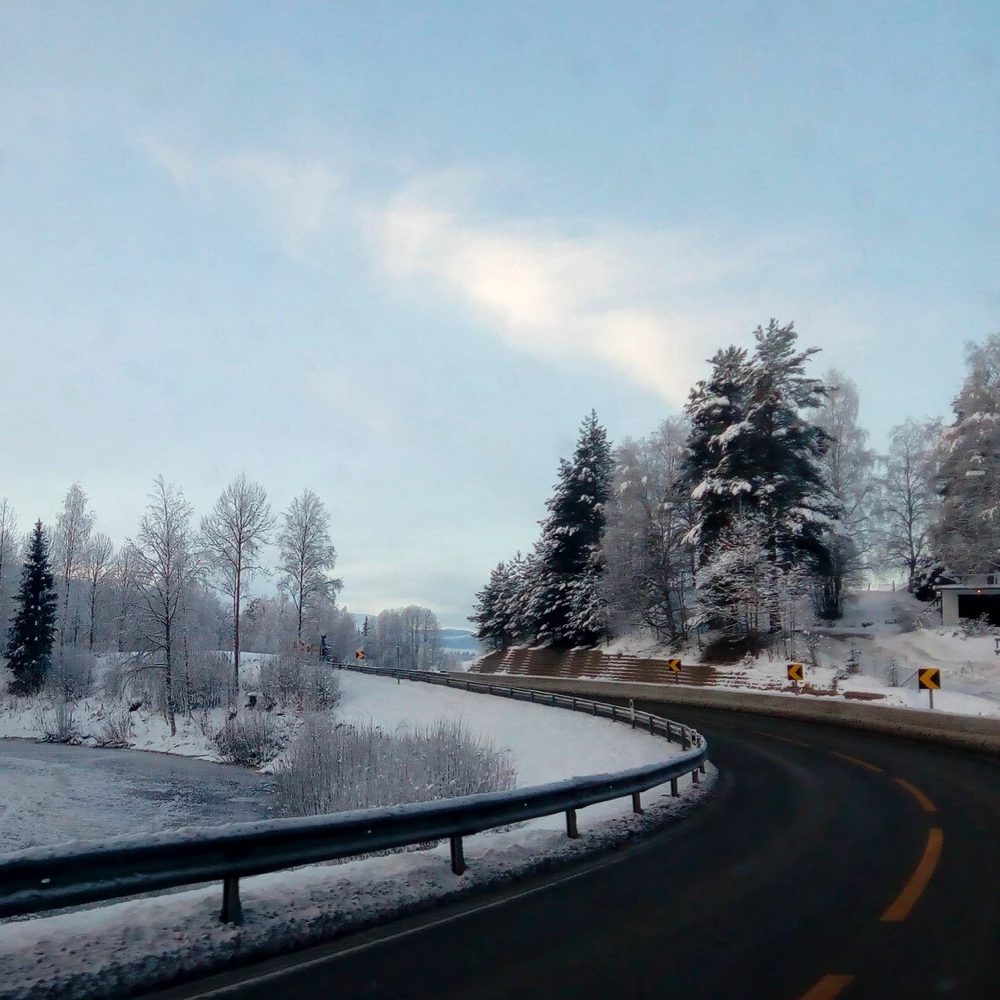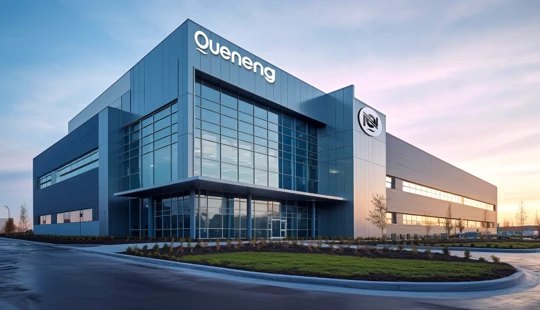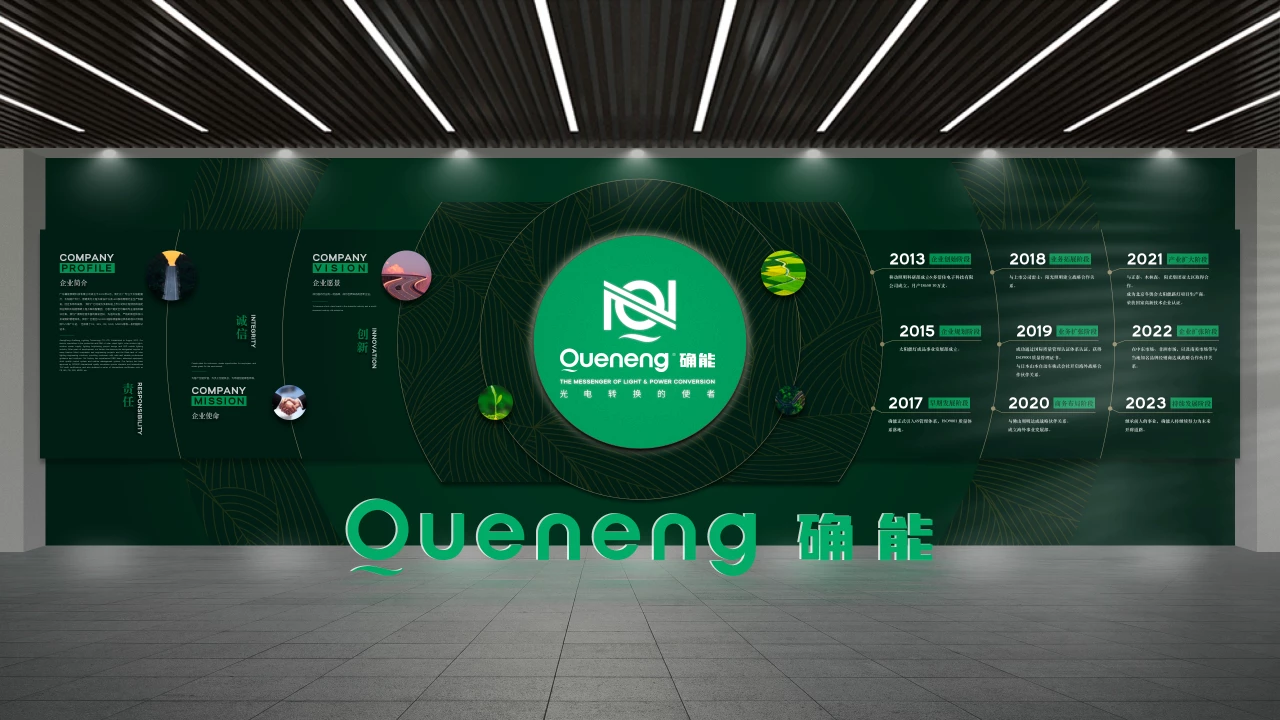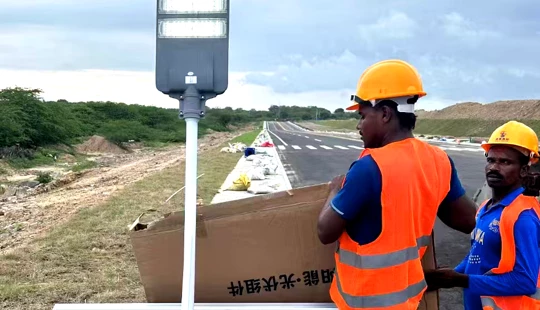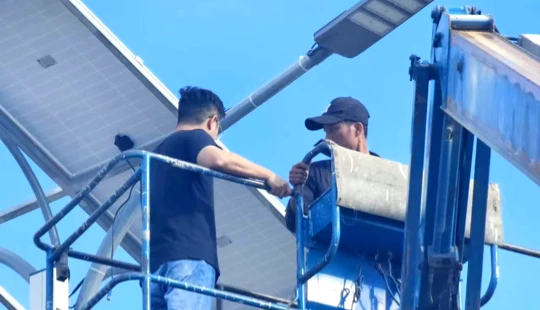Top solar lighting for typhoon-prone regions | Insights by Quenenglighting
Navigating the Storm: Top Solar Lighting Solutions for Typhoon-Prone Regions
Typhoons and hurricanes bring devastating winds, torrential rains, and often, extended power outages. For communities in these vulnerable areas, reliable lighting isn't just a convenience; it's a critical safety and security measure. Solar lighting offers an independent, sustainable solution, but not all systems are built to withstand nature's fury. When procuring solar lighting for typhoon-prone regions, understanding the key performance indicators and durability features is paramount.
How durable are solar lights against extreme weather like strong winds and heavy rain, and what specific features ensure their resilience?
The core of a typhoon-resistant solar light lies in its construction and ingress protection (IP) rating. For heavy rain and splashing, look for a minimum IP65 rating, indicating protection against dust and low-pressure water jets. For areas prone to temporary submersion or more intense water ingress, IP67 (protected against temporary immersion in water up to 1 meter for 30 minutes) or even IP68 (protected against continuous immersion) might be necessary for certain components or ground-mounted fixtures.
Material robustness is crucial. High-quality fixtures typically use die-cast aluminum alloy for the housing, providing excellent corrosion resistance and structural integrity. Tempered glass protects the solar panel, offering superior impact resistance against flying debris compared to plastic. Stainless steel fasteners prevent rust and ensure components remain securely attached.
Wind resistance is often overlooked. Reputable manufacturers will specify the maximum wind speed their systems can withstand. For instance, a well-engineered solar street light pole and fixture can endure wind speeds upwards of 150 km/h (93 mph), equivalent to a Category 1 or 2 hurricane, and some can even withstand Category 3 winds (up to 200 km/h). This is achieved through aerodynamic design, robust pole construction (e.g., hot-dip galvanized steel, tapered design), and secure mounting brackets designed to distribute wind loads effectively.
How long can solar lights operate on a full charge, especially during prolonged cloudy periods or power outages post-typhoon?
This depends heavily on the battery capacity and the system's energy management. For typhoon-prone regions, systems with LiFePO4 (Lithium Iron Phosphate) batteries are highly recommended. LiFePO4 batteries offer a longer lifespan (typically 2,000 to 5,000 charge/discharge cycles at 80% Depth of Discharge) and better thermal stability compared to traditional lead-acid batteries.
A good solar lighting system should offer at least 2-3 days of autonomy – meaning it can continue to operate for 2-3 nights even without adequate sunlight for charging. This is achieved by oversizing the battery capacity relative to the daily power consumption. For example, if a light consumes 50Wh per night, a battery of at least 150-200Wh would provide 3-4 days of backup. Advanced Battery Management Systems (BMS) further optimize discharge to prolong battery life and ensure consistent light output.
Do solar lights charge effectively under cloudy skies or reduced sunlight, which is common during and after typhoons?
The efficiency of solar panel technology plays a significant role here. Monocrystalline silicon solar panels are generally more efficient, typically converting 17% to 23% of sunlight into electricity, even performing better in low-light or overcast conditions compared to polycrystalline panels.
Beyond panel type, the presence of an MPPT (Maximum Power Point Tracking) charge controller is vital. MPPT controllers can increase charging efficiency by 15-30% compared to simpler PWM (Pulse Width Modulation) controllers, by constantly tracking the optimal voltage and current point of the solar panel. This ensures the battery receives the maximum possible charge even when sunlight is intermittent or weak, as is common during cloudy days or after a storm. A larger solar panel array relative to the LED output also ensures faster charging and better performance in less-than-ideal conditions.
What are the best practices for installing solar lighting in typhoon-prone areas to prevent dislodgement or damage?
Proper installation is as critical as the product quality itself. For poles, ensure they are deeply embedded with robust concrete foundations calculated to withstand the specified wind loads. The pole's material should be hot-dip galvanized steel or aluminum for corrosion resistance, especially in coastal areas.
Mounting brackets for the light fixture and solar panel must be made of heavy-gauge steel or aluminum, securely bolted with anti-corrosion fasteners. Consider designs where the solar panel is integrated directly into the light fixture (all-in-one designs) or mounted flush, reducing its profile and minimizing wind resistance. For ground-mounted or wall-mounted lights, use expansion bolts or anchors suitable for the specific wall or ground material, ensuring they are rated for high pull-out forces. Regular inspections post-typhoon are recommended to check for any loosened bolts or structural fatigue.
What is the lifespan of these specialized solar lighting systems, and what are the maintenance requirements to ensure their longevity in harsh environments?
High-quality solar lighting systems designed for harsh environments are built for longevity.
- LEDs: Typically rated for 50,000 to 100,000 hours of operation (equivalent to 10-20 years of dusk-to-dawn use).
- LiFePO4 Batteries: Have a service life of 5-10 years depending on cycling depth and temperature.
- Solar Panels: Designed to last 20-25 years, with degradation rates of less than 0.5% per year.
- Fixtures/Poles: Can last 20+ years with proper anti-corrosion treatments like hot-dip galvanization and powder coating.
Maintenance requirements are generally low for quality solar lights. Key tasks include:
- Regular cleaning of solar panels: To remove dust, salt spray, and debris that can hinder charging efficiency. This might be more frequent in coastal or dusty areas (e.g., quarterly or semi-annually).
- Visual inspection: Check for any physical damage, loose connections, or corrosion on the fixture, pole, and wiring, especially after extreme weather events.
- Battery replacement: After 5-10 years, depending on usage, the battery will likely be the first major component requiring replacement.
By investing in high-quality components and adhering to best practices, these systems offer a long-term, low-maintenance lighting solution.
Quenenglighting's Advantage: Leading the Way in Resilient Solar Lighting
Quenenglighting specializes in robust, high-performance solar lighting solutions engineered to meet the stringent demands of challenging environments, including typhoon-prone regions. Our products feature:
- Superior Durability: Utilizing high-strength die-cast aluminum, tempered glass, and IP67/IP68 rated components for exceptional weather resistance and long service life.
- Reliable Power: Equipped with advanced LiFePO4 batteries and intelligent energy management systems, ensuring extended autonomy (typically 3-5 days) even during prolonged periods of low sunlight.
- Optimized Charging: Incorporating high-efficiency monocrystalline solar panels and MPPT charge controllers to maximize energy harvest from even limited ambient light.
- Enhanced Security: Designed with robust mounting solutions and structural integrity to withstand high wind loads, minimizing the risk of damage or dislodgement during extreme weather.
- Professional Expertise: Quenenglighting offers comprehensive support from product selection to installation guidance, ensuring your investment is well-protected and performs optimally for years to come.

Have more questions about our products or services?
The latest hot news you might like

Discover how solar panels power street lights, exploring the technology behind solar energy conversion, storage systems, and how solar-powered street lights are revolutionizing urban and rural lighting solutions.

Learn how AC Solar Hybrid Street Lights work, their advantages, disadvantages, system behavior in low-sunlight conditions, and why hybrid technology is ideal for regions with unstable sunlight.

Municipalities around the world are increasingly adopting solar-powered streetlights as part of their urban development strategies. Rising energy costs, the need for sustainable infrastructure, and government green initiatives are driving cities to switch from traditional street lighting to advanced LED solar streetlights.
Queneng Lighting provides municipalities with cost-effective, energy-efficient, and durable solar lighting solutions, ensuring safe and sustainable public spaces.
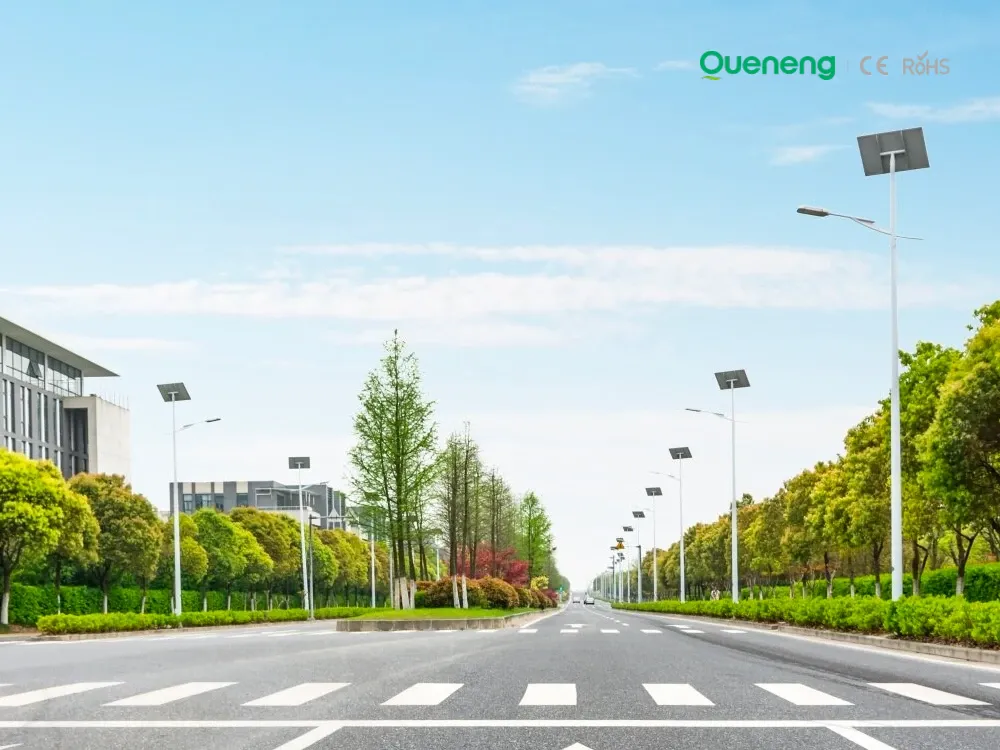
In recent years, the purchase of solar streetlights for municipalities has become a growing trend across the globe. Local governments are under pressure to reduce public expenditure, promote green energy, and create safer communities. Solar streetlights provide a reliable, cost-effective, and sustainable solution that meets these needs. Queneng Lighting, as a leading solar street lighting manufacturer, has supported multiple municipal projects worldwide with customized and energy-efficient solutions.
FAQ
APMS system
How does the APMS system enhance battery life?
With its dual-system intelligent management mode, APMS reduces frequent charge-discharge cycles, optimizes energy usage, and significantly extends battery lifespan.
Solar Street Light Luxian
What makes Luxian solar street lights more cost-effective than traditional street lights?
Luxian solar street lights are cost-effective because they require no external electrical connections, reducing installation costs. Their operation is entirely solar-powered, which eliminates ongoing electricity bills. The long lifespan of the LED bulbs and solar panels, combined with minimal maintenance needs, further reduces the total cost of ownership.
Tourist Attractions and Resorts
Can solar lighting help reduce energy costs for resorts?
Yes, solar lighting can significantly reduce energy costs by eliminating the need for grid electricity. The investment in solar lighting pays off in the long term through savings on electricity bills.
Solar Street Light Lufei
How long does it take to install a solar street light?
Installation typically takes 1-2 hours, depending on the complexity of the setup. No external wiring is required, which makes installation faster and simpler compared to traditional street lighting.
Solar Street Light Lufeng
How do Lufeng solar street lights help reduce energy consumption?
Lufeng solar street lights use solar power, which is a renewable and free energy source, significantly reducing energy consumption from traditional power grids. Additionally, they feature energy-efficient LEDs and smart controls that adjust brightness based on ambient light or motion detection, further conserving energy.
Are Lufeng solar street lights compatible with different outdoor environments?
Yes, Lufeng solar street lights are highly versatile and can be used in a variety of outdoor environments. They are perfect for urban streets, residential areas, rural roads, parks, and recreational spaces. Their durable design ensures they can function reliably in diverse weather conditions and geographical locations.
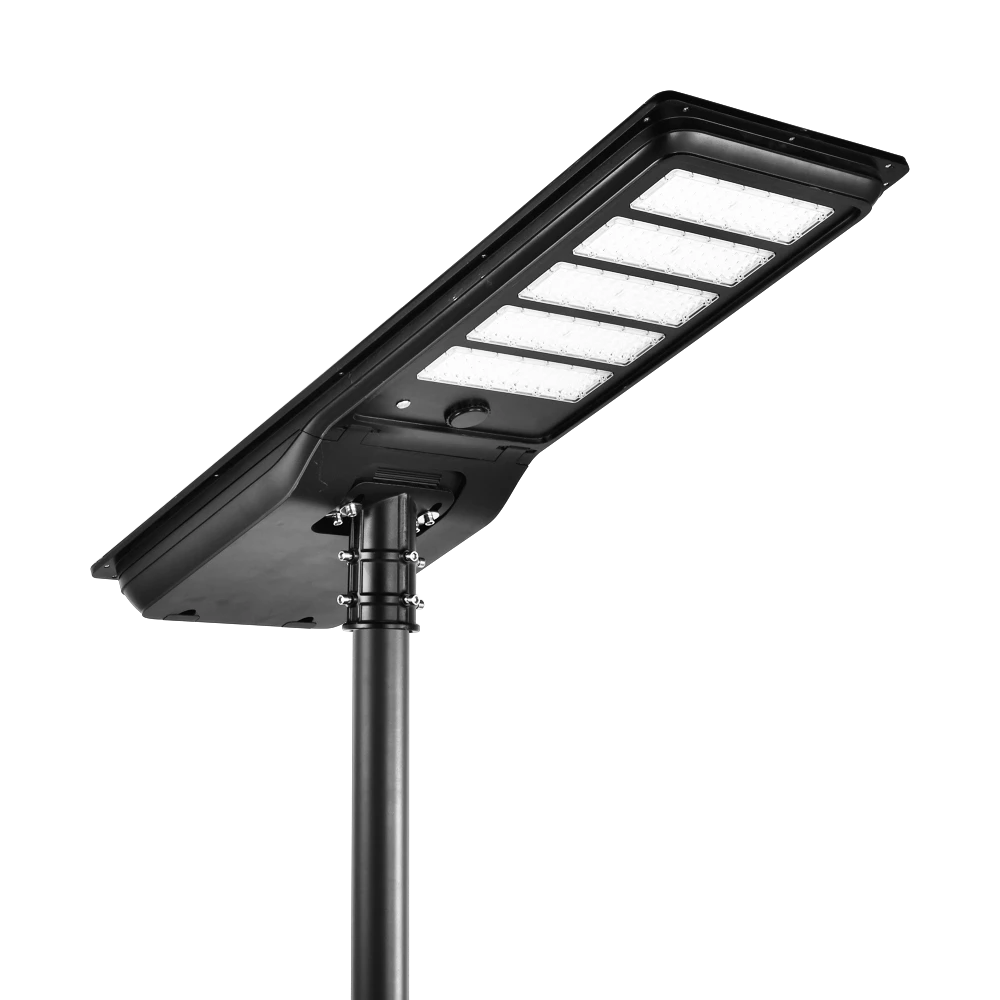
High-efficiency all-in-one solar street light with a monocrystalline solar panel and LiFePO₄ battery. Delivers brighter illumination, wider outdoor coverage, and safer lighting performance for streets and public areas.

Lubai is an integrated solar street light designed for stable, long‑term outdoor lighting in off‑grid and weak‑grid areas. Combining a high‑efficiency solar panel, LiFePO₄ battery, and intelligent motion sensing, Lubai delivers reliable illumination with low maintenance and fast installation.
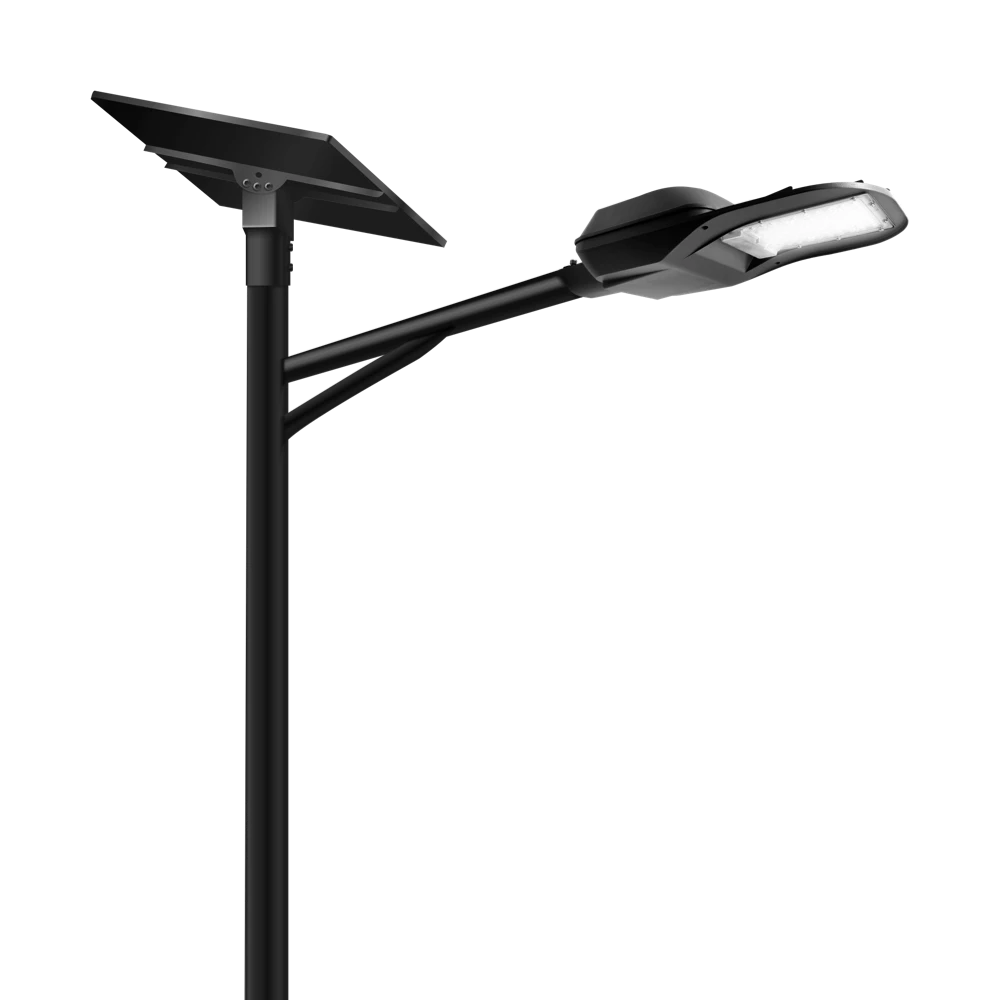
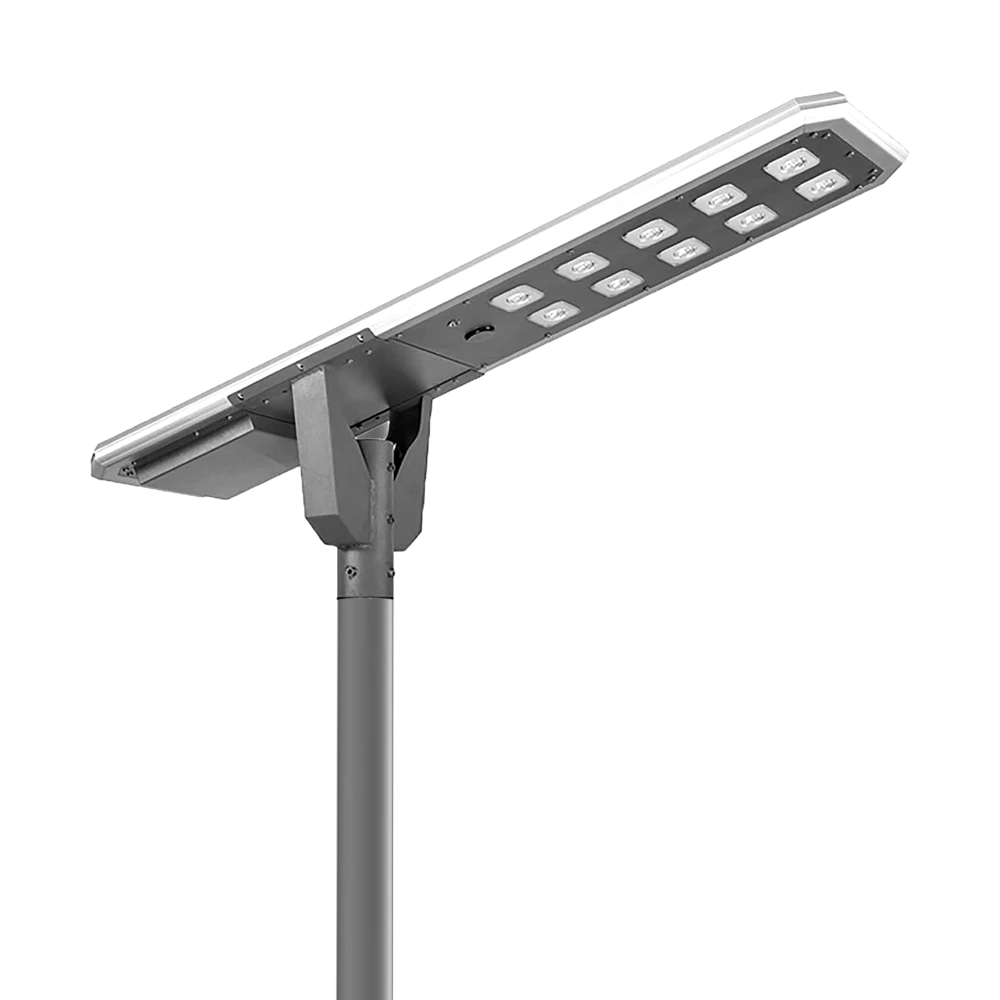
Illuminate your outdoor spaces with the Solar Street Light, a cutting-edge solution combining advanced solar technology and energy-saving LED lighting.
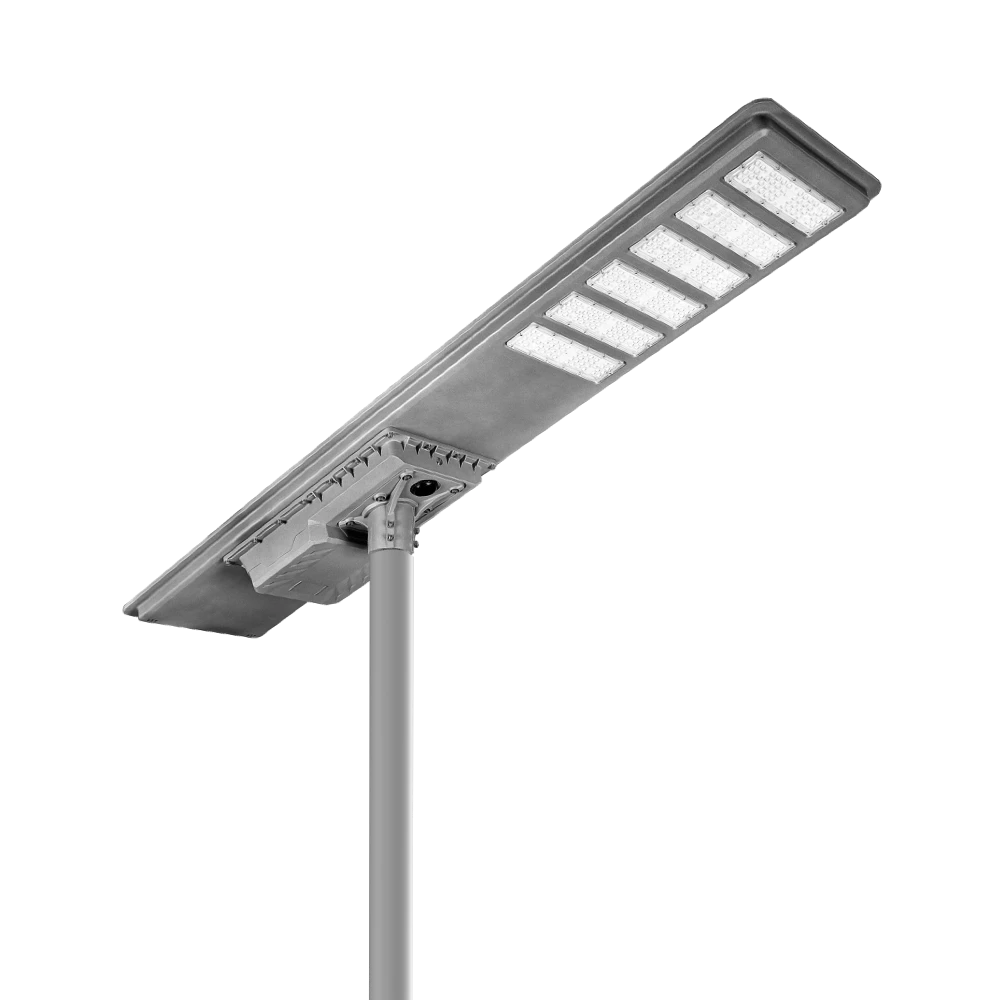
Queneng's Luqiu Innovative Solar Street Light offers energy-saving, durable outdoor lighting. This solar power street light provides a reliable and eco-friendly solution for illuminating your streets and pathways.
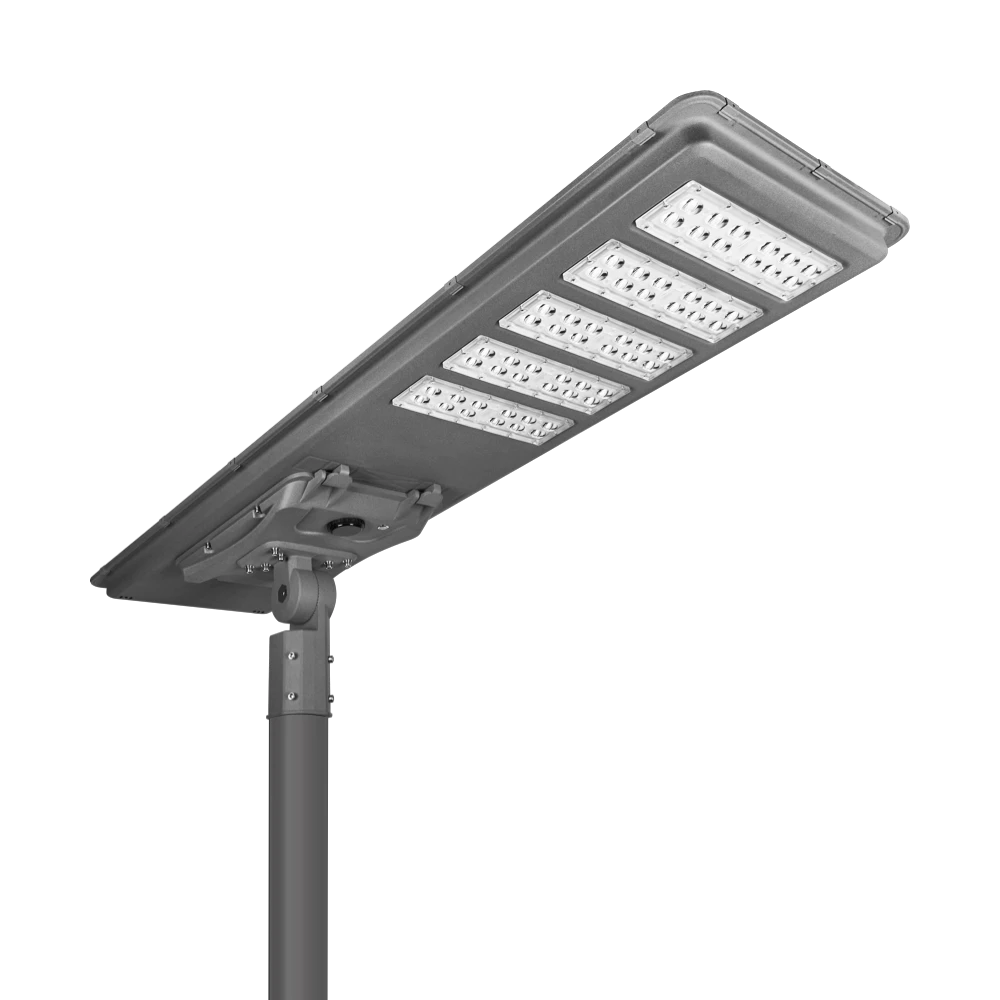
Discover the Lulin High-Performance Solar Street Light by Queneng, a durable and energy-saving outdoor lighting solution. Designed for efficiency and reliability, it harnesses solar power to sustainably illuminate streets and pathways. Optimize your outdoor spaces today with Queneng's innovative solar street lighting technology.
If you would like more information about Queneng solar lighting solutions, please send us a message by filling out the form below. Our professional team will get back to you within 24 hours!
Rest assured that your privacy is important to us, and all information provided will be handled with the utmost confidentiality.
Schedule a Meeting

Book a date and time that is convenient for you and conduct the session in advance.
Have more questions about our products or services?

